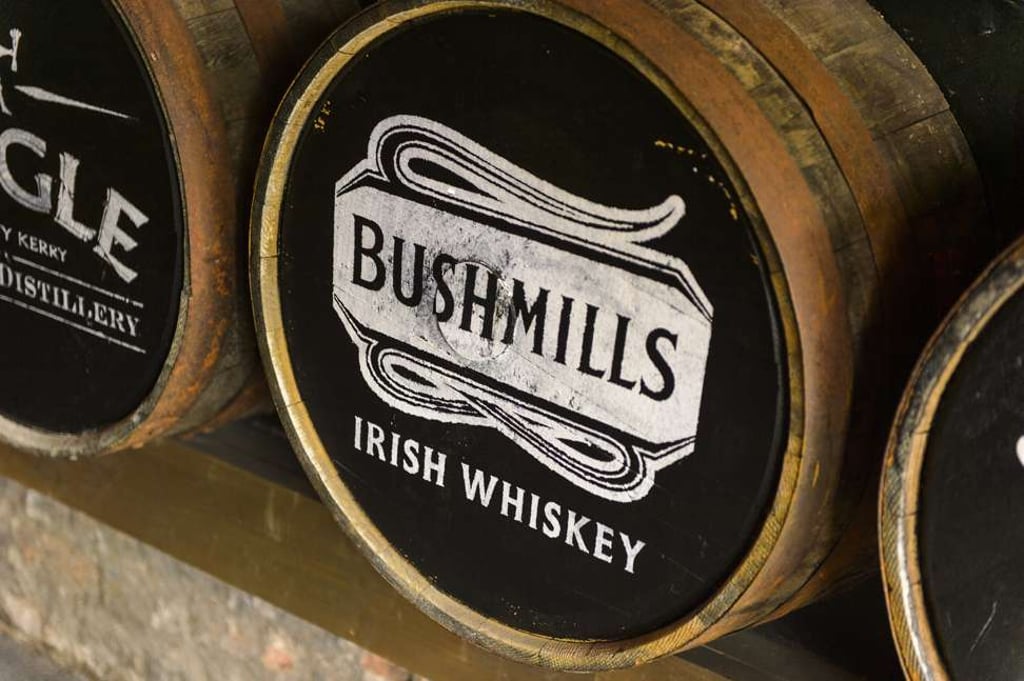Grape & Grain | Irish whiskey: what makes it different from Scotch, and why it’s less likely to give you a hangover
Whether single malt, blended or single pot still, and made with malted or unmalted grains or a mix of both, whiskey from Ireland tends not to be peaty and is triple distilled to remove impurities, reducing the chance of a hangover

The spelling of Whiskey with an “e” is not the only thing that differentiates the Irish spirit from its Scottish counterpart. Irish whiskeys are distilled three times compared to twice for whisky, and peat is very rarely used. The extra distillation removes most of the congeners. That’s all the stuff in spirits that you don’t want – the esters, tannins, acetone, aldehydes – scientists think are the contributors to a hangover.
The production rules for Irish whiskey are rather simple: a minimum of three years in barrels before bottling, distillation must happen in Ireland and it must be made from a mash of malt and/or cereals.
Another big difference? In Scotland, it seems almost every hamlet has a distillery. But in Ireland, until recently, there have been only three working distilleries, each of which produces a wide range of whiskeys in different styles. (There are now 16 distilleries and 14 more under construction.)

Cooley is produced in the Cooley Mountains in County Louth in the Republic of Ireland. They also make Kilbeggan, Connemara and Tyrconnell.
